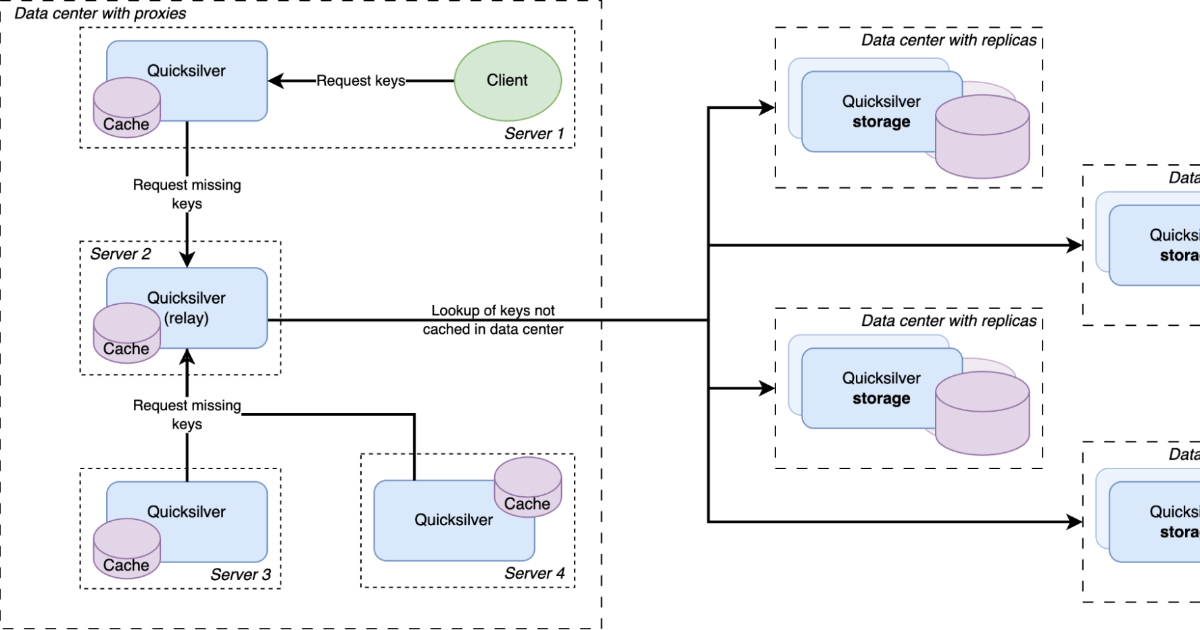If all goes to plan, Ben Lamm’s next Christmas card to his friends will be of him posing with a woolly mammoth and a dodo.
Lamm, 43, is the billionaire entrepreneur who founded Colossal Biosciences, a genetic engineering company, in 2021.
What the company hopes to do is certainly colossal – working to resurrect extinct species, a process called de-extinction.
The idea, Lamm told Metro, came during a call about human-based biology with George Church, a biologist at Harvard Medical School.
‘By the way, I’m working to bring back mammoths and other extinct species to reintroduce them back into the Arctic and regenerate the ecosystem. But I have to go now. Goodbye,’ Lamm recalled of the call.
‘I had just heard the greatest thing ever, and then the call was over. I stayed up all night reading articles and listening to interviews about all these things.’


Scientists have long dreamed of reviving extinct species. But earlier this year, Colossal researchers helped bring the dire wolf, a giant, extinct species made famous by Game of Thrones, back from the dead.
Kind of. Scientists salvaged DNA from the fossils of dire wolves and edited 20 of their genes into their closest living relatives, grey wolves. (Think Jurassic Park just without the maniacal computer-network engineer.)
After creating embryos and implanting them in surrogates, three pups were born: Romulus, Remus, and Khaleesi.
The pups, with their dense, pale coats, were the first successful case of de-extinction, Colossal said.
Now, Colossal wants to revive the woolly mammoth by giving elephants dense hair and thick fat, and reintroducing them to the Siberian tundra.
Lamm said that his team are also ‘exclusively focused’ on two other extinct creatures: the Tasmanian tiger and the 12-foot-tall bird called Moa, though they haven’t cracked how to insert edited genes into eggs yet.
‘I’d personally love to bring back the Steller’s sea cow,’ Lamm said, referring to the extinct, 30-foot-long relative of the manatee, ‘but there is nothing to gestate it in until we have artificial wombs working.’


Inventing an undo button for extinction sounds like a sci-fi film, but Lamm’s reasons for doing it are very much real.
Many of the de-extinction candidates were eradicated by humans: The dodo was, well, as dead as a dodo by 1662 after people colonised Mauritius.
The Tasmanian tiger was similarly wiped out after European settlers relentlessly hunted the striped marsupials in the 1800s, while the sea cow was wiped out by humans within 27 years of its discovery.
Climate change threatens to make even more species vanish, and wildlife populations have already plummeted by 70%.
‘Habitats around the planet are changing at a pace that is faster than evolution by natural selection can keep up,’ explained Lamm.
‘For many species, there is not enough time.’
Is de-exctinction, with the power of pipettes and computers, possible? Experts told Metro they aren’t so sure.
For one, the dire wolves Colossal brought back can be better described as modified grey wolves, said Benjamin Tapon, a PhD student at Queen Mary’s School of Biological and Behavioural Sciences.
‘By any practical definition of a species, no animal that Colossal has genetically engineered so far is anywhere near the extinct animal they are trying to emulate,’ he said.
‘Colossal is doing the equivalent of rebuilding the Library of Alexandria by printing PDFs of a few books and adding them to the shelves of the local public library.’
As much as dire wolves and grey wolves share 99.5% of their DNA code, Tapon said, people and bananas share 60% of genes.


‘It’s a bit like saying that Romeo and Juliet shares 99% of its words with 50 Shades of Grey, or a book in another language,’ he added.
Alex de Mendoza, a senior lecturer at Queen Mary’s Centre for Epigenetics, said Game of Thrones and Colossal got a big thing wrong about the dire wolf – they probably weren’t white.
The wolves lived in arid conditions, not the tundra, de Mendoza said, so they were probably a red-ish brown, adding: ‘The habitat they once roamed on is no longer here.
‘Most species extinctions these days occur due to habitat loss. If we couldn’t preserve their habitat while they were still alive, why should we bring them back?’
Capon wonders whether developing the technology to resurrect long-dead creatures could make people less diligent at preventing extinction.


‘If we bring them back, will they be zoo attractions?’ he said.
As controversial as de-extinction is, both Capon and de Mendoza understand where Lamm is coming from.
Capon would love a pet dodo, ‘just not enough to try to bring them back.’
De Mendoza said he would de-extinct the Tasmanian tiger: ‘It is so frustrating that this wonderful animal disappeared in the 1930s.
‘I think there’s still habitat for it to survive, as long as people don’t kill it… That said, my hopes for seeing a Tasmanian tiger come back from extinction and not just a kangaroo with some stripes are rather low.’
Lamm understands where his critics are coming from, too. Which animals Colossal hopes to de-extinct take into account whether they’d have a positive impact on the environment or help conservation efforts.
‘If bringing back the species can also inspire the next generation,’ he added, ‘then that is just another bonus.’
Get in touch with our news team by emailing us at [email protected].
For more stories like this, check our news page.
MORE: I went inside the Navy’s secret battlespace barely anyone knows about
MORE: I discovered the murky world of ‘minor attracted people’ – it’s even more disturbing than you think
MORE: Moment huge black bear is chased out of home by tiny Pomeranian dog









